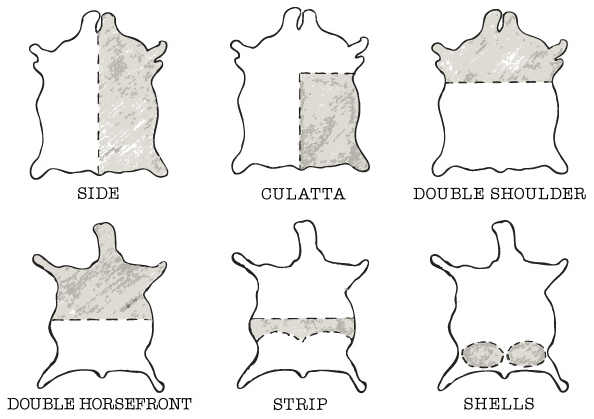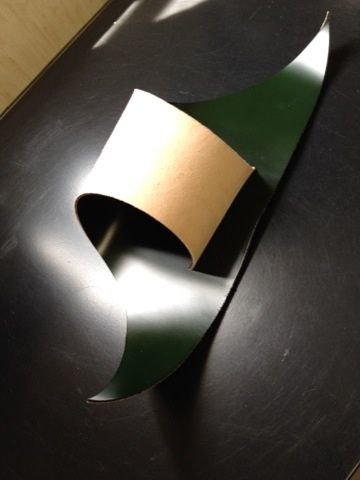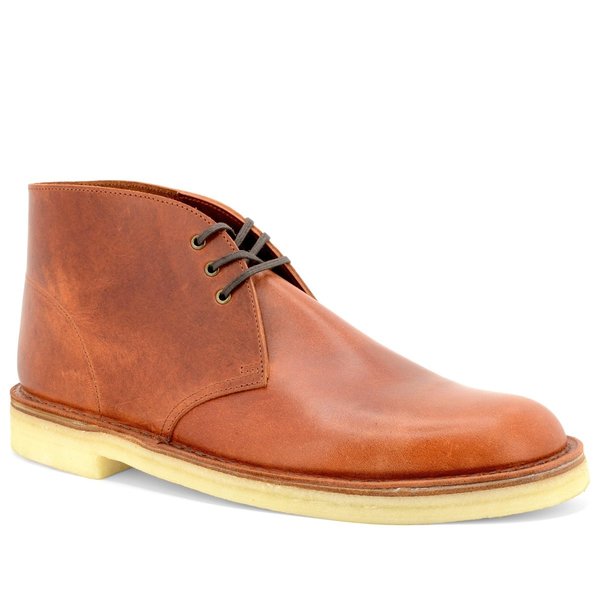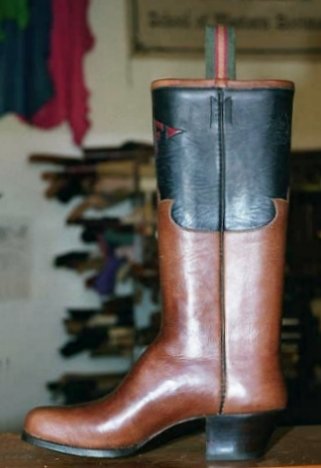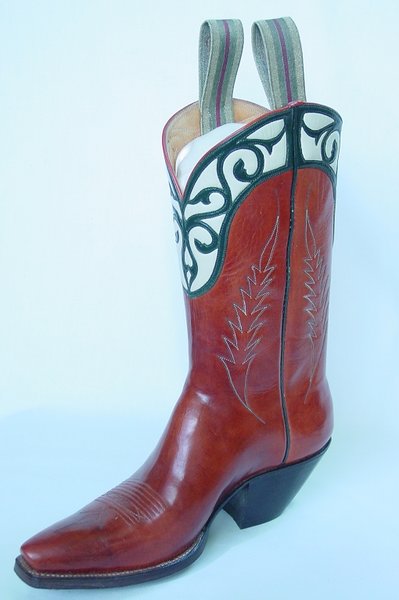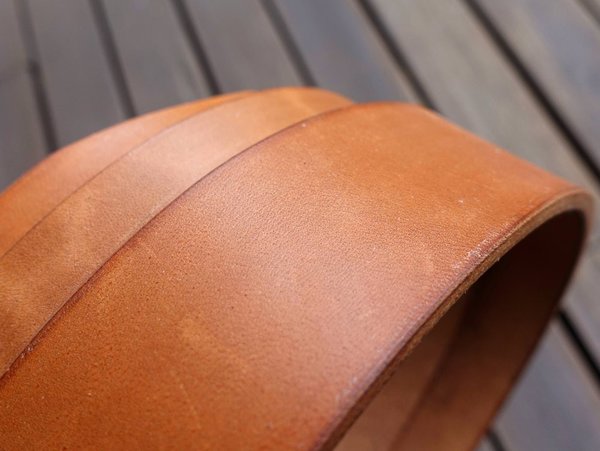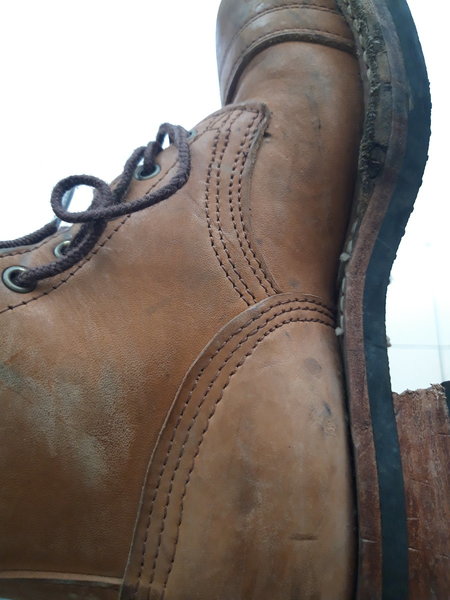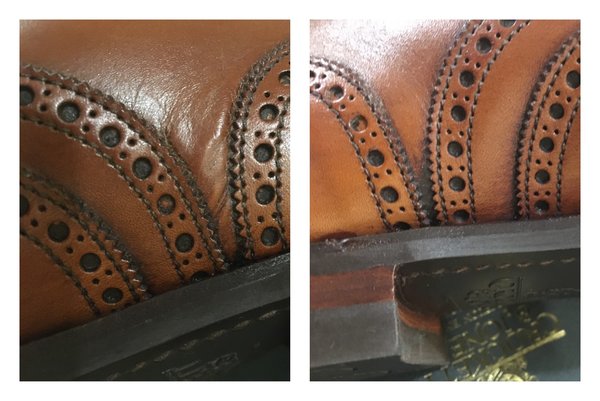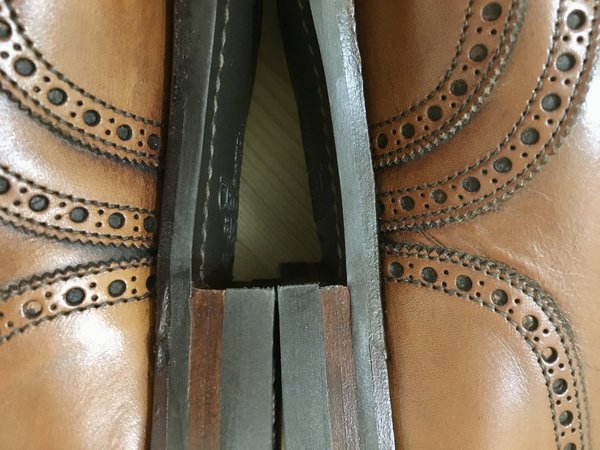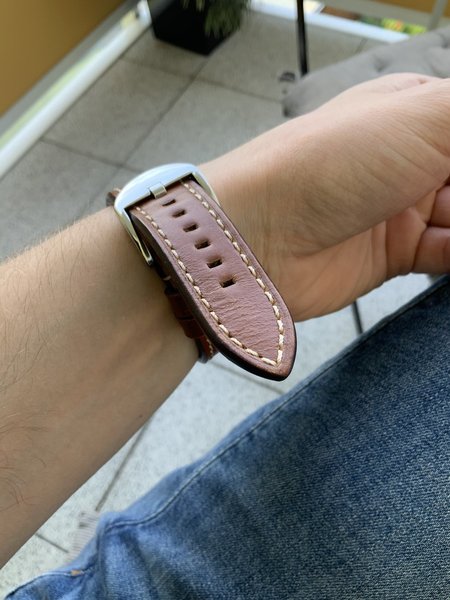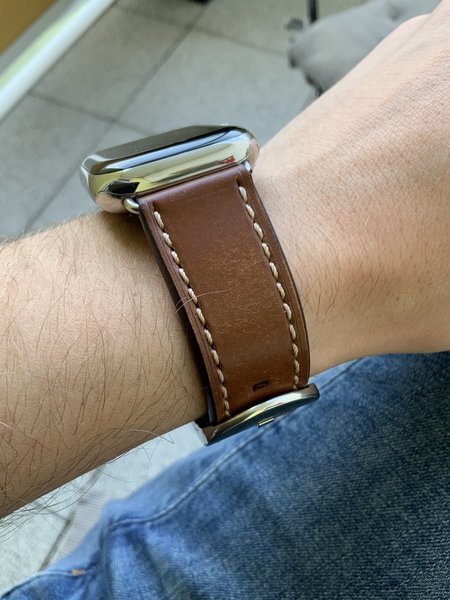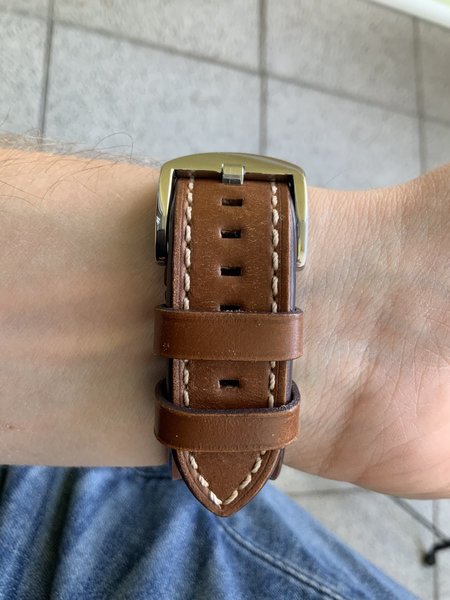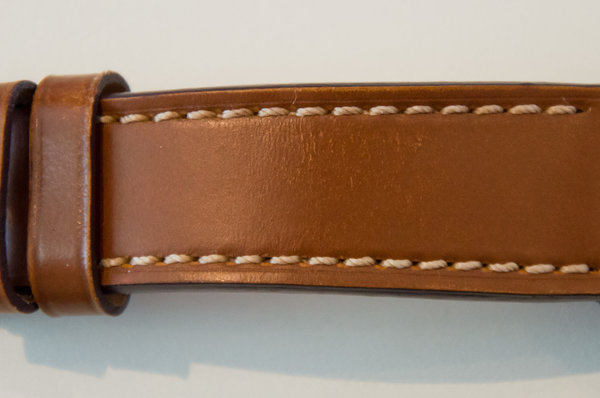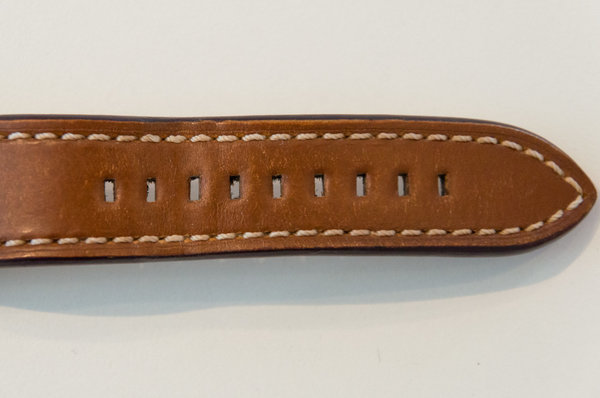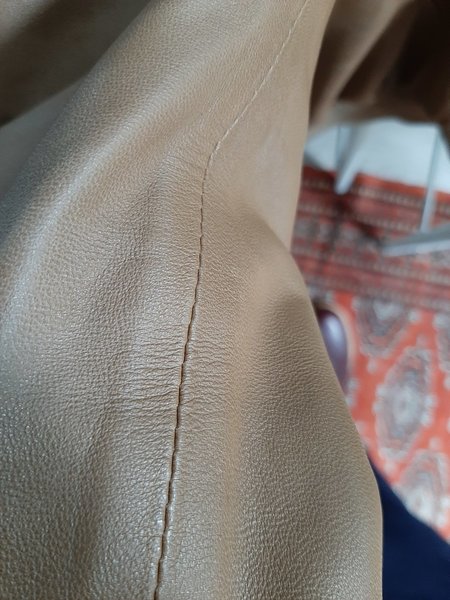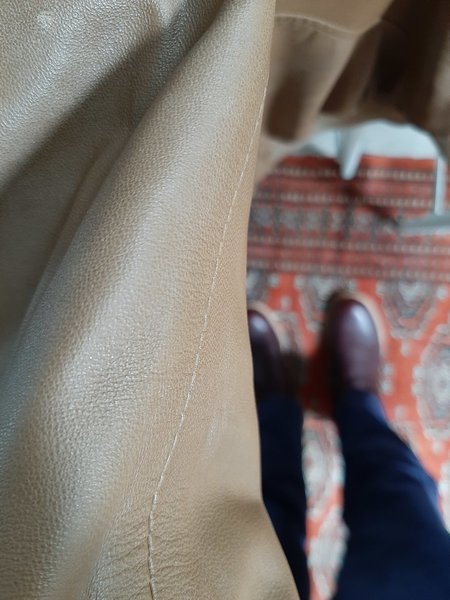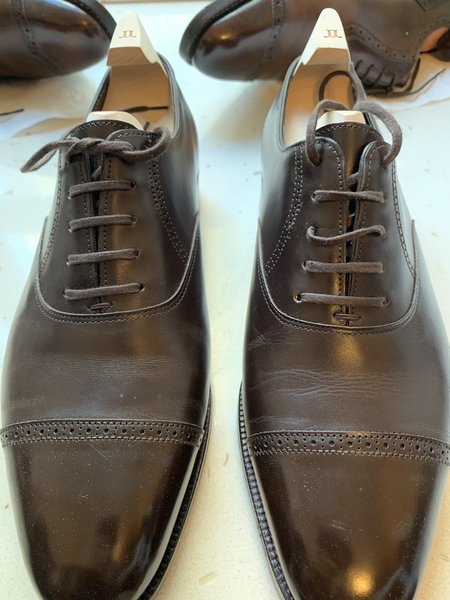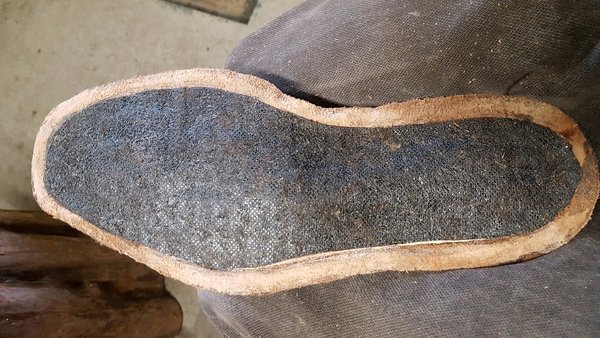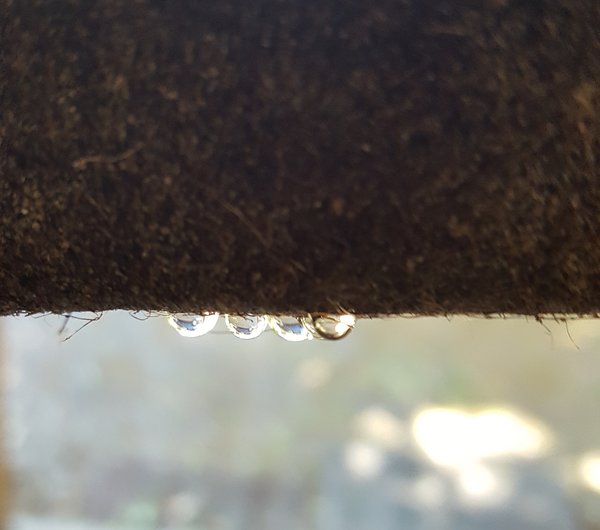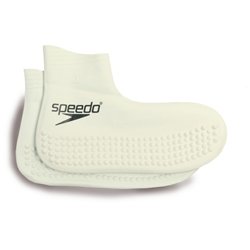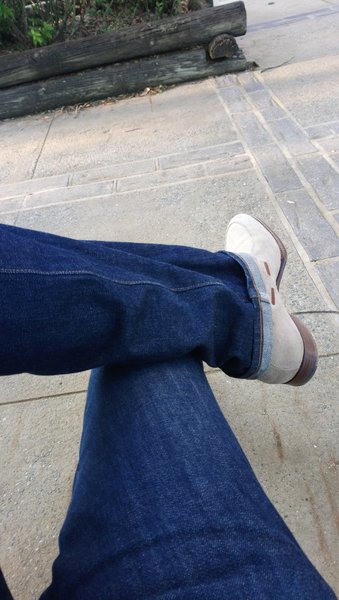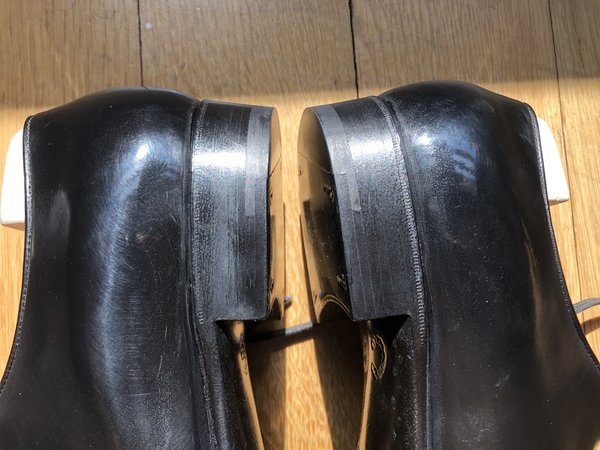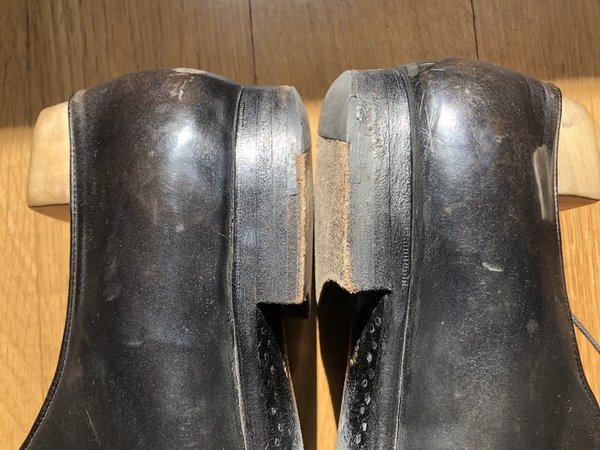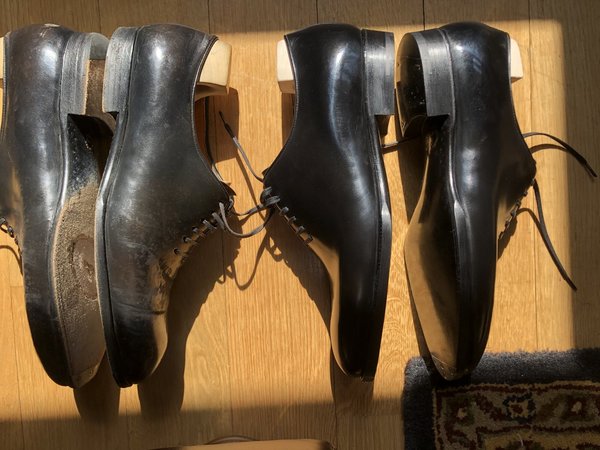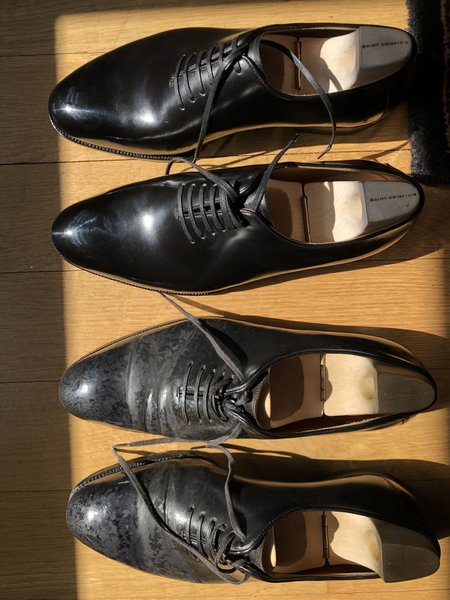- Joined
- Jan 8, 2008
- Messages
- 10,132
- Reaction score
- 5,714
If you want springiness, you'll get more out of a crepe outsole or any rubber outsole.
Whatever cork brings to the process is outweighed by...what it brings to the process. And only on high quality shoes. On most commercial shoes, it doesn't make any difference what you use as forepart filler--realistically, expectations are not (cannot be) that high.
As far as molding to your foot you can't have it both ways --it can't be springy and mold to your foot, too. The only way it molds to your foot is to migrate out from under pressure points on a thin leather or leatherboard insole.
Whatever cork brings to the process is outweighed by...what it brings to the process. And only on high quality shoes. On most commercial shoes, it doesn't make any difference what you use as forepart filler--realistically, expectations are not (cannot be) that high.
As far as molding to your foot you can't have it both ways --it can't be springy and mold to your foot, too. The only way it molds to your foot is to migrate out from under pressure points on a thin leather or leatherboard insole.

![Crackup[1] :crackup: :crackup:](/styleforum_ads/smilies/crackup[1].gif)


